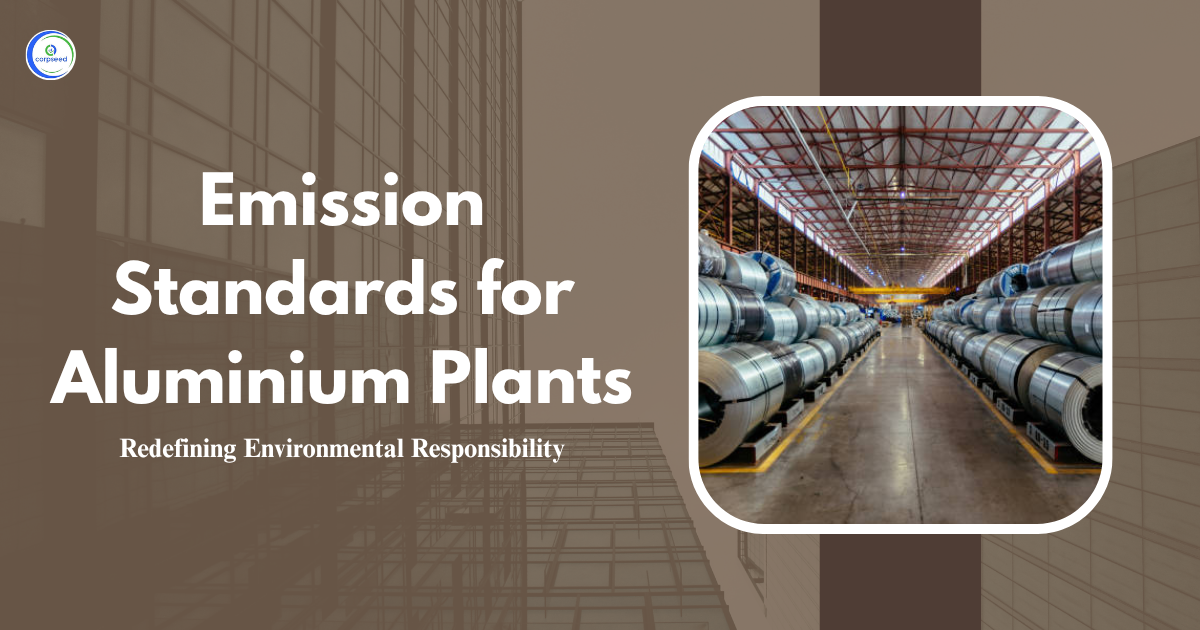The inorganic chemical industry plays an important role in the manufacturing of several chemicals essential for various industrial processes. However, its production activities often result in major discharges of wastewater, which can spread dangerous pollution into the environment. Wastewater discharged from the inorganic chemical industry includes a variety of pollutants, including heavy metals and other toxic substances, which can pose a serious threat to both human health and the ecosystem. To reduce these risks, stringent emission standards have been compiled by regulatory agencies to control emissions of these pollutants.
Table of Contents
Understanding the Inorganic Chemical Industry's Wastewater Effluents
The inorganic chemical industry covers a wide range of manufacturing processes, including the production of acids, alkalis, salts and metals. Many of these processes encompass the use of heavy metals and other hazardous chemicals that end up as discharges into wastewater. When managed incorrectly, these emissions can cause major environmental pollution and health risks to aquatic life, drinking water sources, and soil.
To avoid such adverse effects, regulatory bodies like the Central Pollution Control Board (CPCB) and State Pollution Control Boards (SPCBs) have developed strict wastewater discharge standards. The purpose of these standards is to control the concentration of harmful pollutants in wastewater before it is discharged into rivers, lakes, or sewage systems.
--------------Blog Contact Form-------------
Key Pollutants in Inorganic Chemical Industry Wastewater
The primary pollutants that are controlled in wastewater discharges from the inorganic chemical industry are heavy metals and other chemicals such as cyanide, oils and greases, and associated solids. Following are the list of key pollutants:
- Chromium (Cr) as Cr (VI): Chromium is a toxic metal that can cause considerable harm to both human health and the environment. Hexavalent chromium (Cr (VI)) is particularly dangerous and has been linked to cancer, skin irritation, and liver damage. To prevent these toxic effects, it is necessary to limit the concentration of chromium in wastewater.
- Manganese (Mn): Manganese is a naturally occurring element, but high amounts in wastewater can be risky to water bodies. Excessive amounts of manganese can also contaminate the water supply and cause neurological damage in humans.
- Nickel (Ni): Nickel is a heavy metal used in several industrial processes. If emitted in large quantities, nickel can be toxic to aquatic life, and it can cause skin allergies and respiratory problems in humans.
- Copper (Cu): Copper is used in many industrial processes, but when found in large quantities it is also highly toxic to aquatic life. Copper exposure can cause liver damage and gastrointestinal problems in humans.
- Zinc (Zn): Zinc is a crucial trace element, but in high concentrations, it can disturb aquatic ecosystems. It can also cause respiratory problems in humans and impact the digestive system.
- Cadmium (Cd): Cadmium is a highly toxic metal that can collect in the human body over time. Long-term exposure to cadmium can cause kidney damage, bone weakness, and cancer.
- Lead (Pb): Lead is a powerful neurotoxin that can weaken brain development in children. It can also cause kidney damage, high blood pressure, and reproductive problems in adults.
- Mercury (Hg): Mercury is a toxic metal that can cause neurological damage, especially in children and infants. Mercury poisoning can result in long-term cognitive impairment and developmental problems.
- Cyanide (CN): Cyanide is highly toxic and can cause serious health problems, including respiratory failure and even death. It is necessary to maintain strict limits on cyanide concentrations in wastewater discharges.
- Oil and Grease: The presence of oil and grease in wastewater can form a surface film on aquatic reservoirs, disrupting oxygen exchange and causing environmental damage affecting aquatic life.
- Suspended Solids: Suspended solids can block the gills of fish and aquatic life, disturbing their ability to breathe. These solids can also diminish water clarity and impact photosynthesis in aquatic plants.
Regulatory Emission Standards for Inorganic Chemical Industry Wastewater Discharge
The Central Pollution Control Board (CPCB) has set specific standards for the discharge of wastewater from industries, including the inorganic chemical sector. The discharge limits are based on the type and concentration of pollutants present in the effluents. Below are the emission standards for the inorganic chemical industry, specifically for wastewater discharge containing metal compounds:
| Pollutant | Limit |
| pH | 6.0 – 8.5 |
| Chromium (Cr) | 0.1 mg/L (Hexavalent), 2.0 mg/L (Total) |
| Manganese (Mn) | 2.0 mg/L |
| Nickel (Ni) | 2.0 mg/L |
| Copper (Cu) | 2.0 mg/L |
| Zinc (Zn) | 5.0 mg/L |
| Cadmium (Cd) | 0.2 mg/L |
| Lead (Pb) | 0.1 mg/L |
| Mercury (Hg) | 0.01 mg/L |
| Cyanide (CN) | 0.2 mg/L |
| Oil and Grease | 10.0 mg/L |
| Suspended Solids | 30.0 mg/L |
| Total Heavy Metals | 7.0 mg/L |
These limits are set to ensure that emissions from industries such as the inorganic chemical industry do not exceed levels that could affect human health, aquatic ecosystems, or the environment. Industry compliance with these standards is important to minimize the pollution load in aquatic reservoirs and prevent long-term environmental damage.
Compliance and Monitoring of Discharge Standards
To ensure compliance with these emission standards, the inorganic chemical industry should adopt effective pollution control measures and establish continuous monitoring systems. These may include:
- Effluent Treatment Plants (ETPs): ETPs are crucial for pre-treatment of wastewater before it is discharged. These plants use various physical, chemical and biological processes to remove pollutants such as heavy metals, related solids and oils.
- Regular Monitoring: Industries should regularly monitor contaminant concentrations in their wastewater to ensure they remain within permissible limits. This includes testing for pH levels, heavy metals, and other pollutants.
- Reporting and Documentation: Industries are required to submit regular reports to local pollution control boards (CPCB/SPCB) that document their wastewater quality, treatment processes, and compliance status.
- Adopting Best Practices: The use of advanced technologies such as reverse osmosis and membrane filtration can help industries mitigate the concentration of pollutants in their emissions.
Conclusion
The inorganic chemical industry plays an important role in the global economy, but environmental impacts from its operations can occur particularly through wastewater discharges. By complying with stringent emissions standards and investing in effective wastewater treatment processes, industries can reduce their environmental impact and safeguard water reservoirs, ecosystems, and human health.
The strict emission limits set by regulatory bodies like CPCB ensure that industries reduce the harmful effects of pollutants like heavy metals, cyanide, and oils and greases. These standards are necessary to foster sustainable industrial practices that protect the environment. Compliance with these regulations not only helps industries avoid fines but also contributes to cleaner, healthier ecosystems and communities.
This portion of the site is for informational purposes only. The content is not legal advice. The statements and opinions are the expression of author, not corpseed, and have not been evaluated by corpseed for accuracy, completeness, or changes in the law.
BOOK A FREE CONSULTATION
Get help from an experienced legal adviser. Schedule your consultation at a time that works for you and it's absolutely FREE.



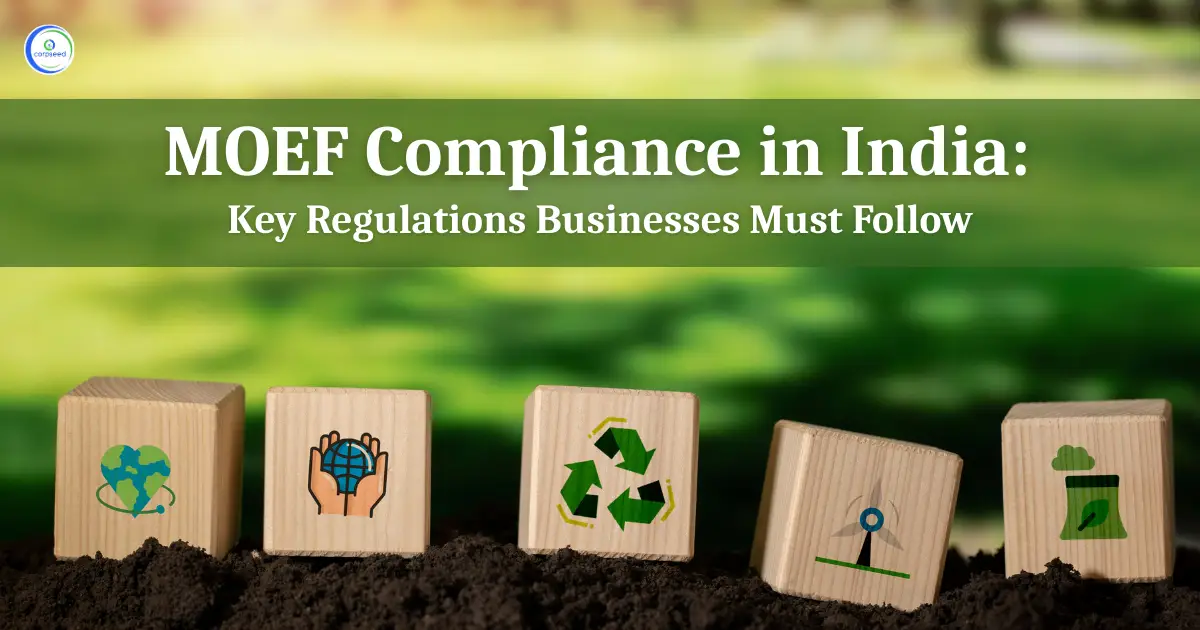
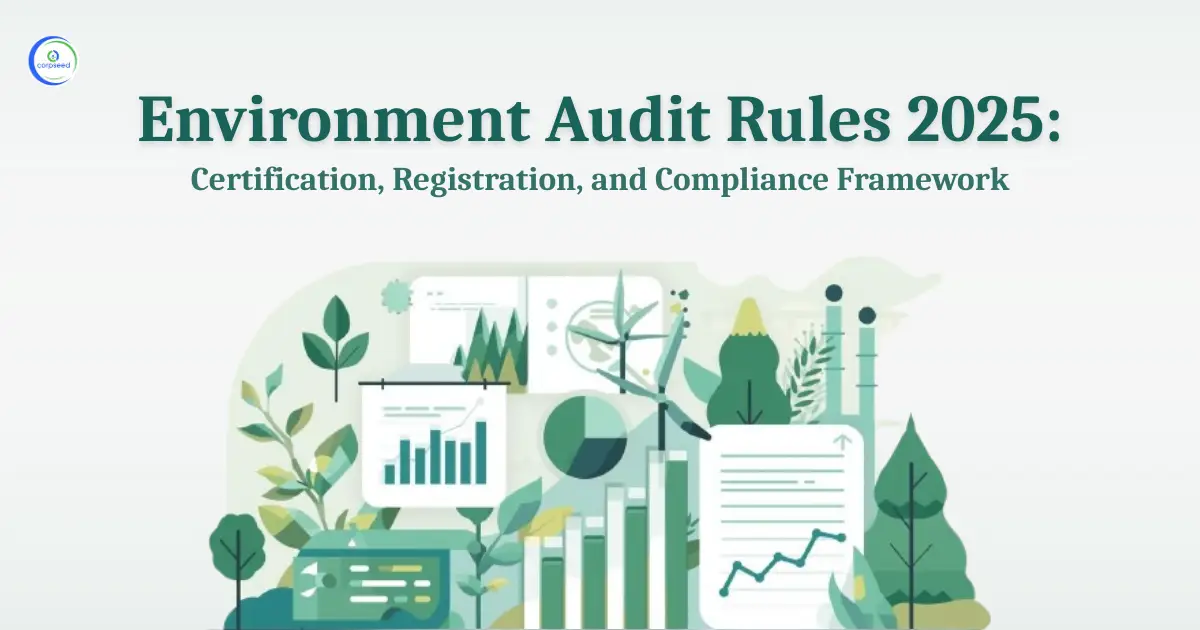
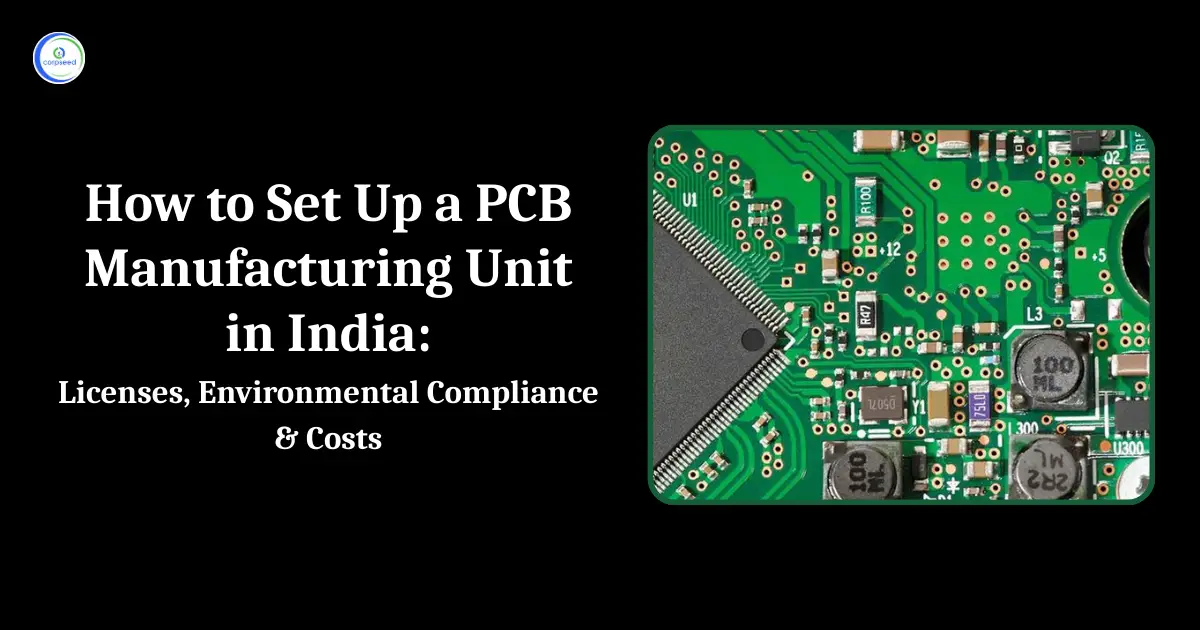
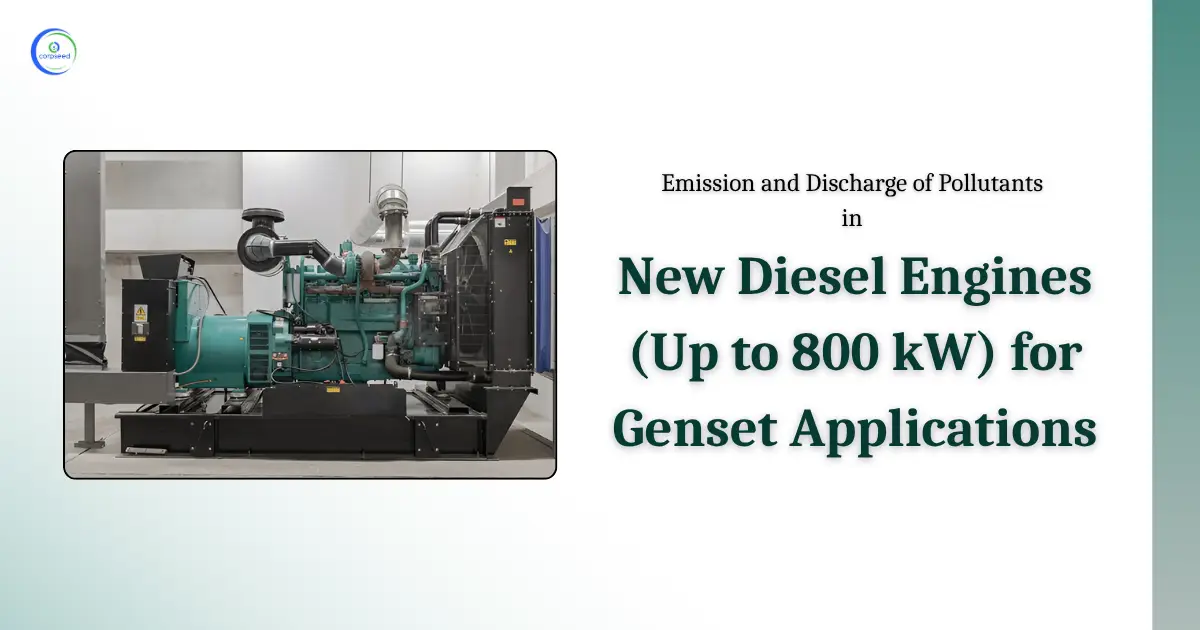
_Corpseed.webp)
.webp)
